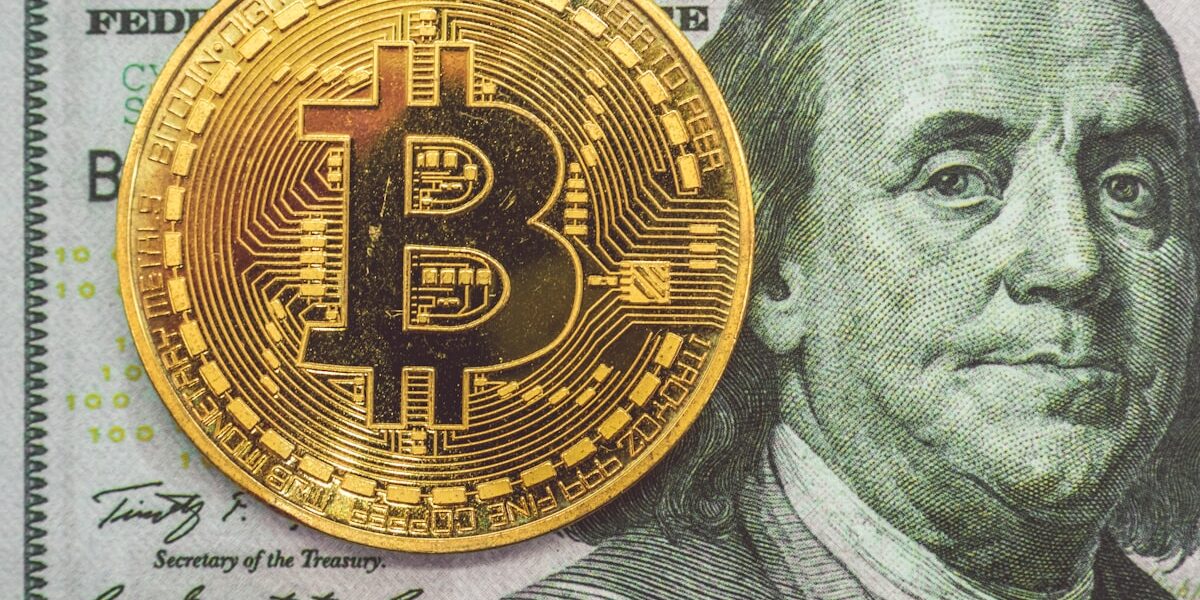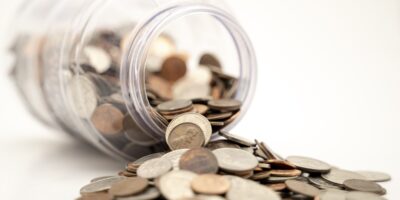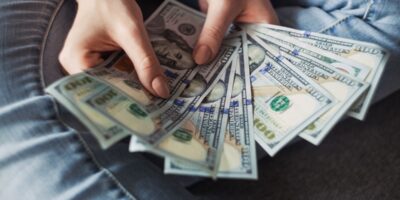Currency in Ecuador
Plotting your next adventure into the heart of South America? Then Ecuador must be on your radar. Let’s dive into the specifics of its currency. A realm where currency tells a fascinating tale—a tale of change, adaptability, and economic evolution.
The Use of the US Dollar
In Ecuador, the currency isn’t as exotic as you might expect, given its Latin American geography and rich culture. Here’s a fun-fact: since the year 2000, the official currency of Ecuador has been the United States Dollar. Yes, you read that right – the same dollar bills you’d use to buy a hot dog in New York City are one and the same with Ecuador’s circulating currency.
Before the Dollar: The Sucre
Prior to the new millennium, Ecuador’s national currency was the ‘Sucre.’ Named after Antonio José de Sucre, the liberator of Ecuador, the Sucre served Ecuador faithfully for over a century. However, during the late ‘90s, a sever financial crisis swept across the nation, and the Sucre’s value plummeted due to rampant inflation. The solution? Dollarization. That’s right—Ecuador adopted the US Dollar as its official currency in a bid to stabilize the economy. A dramatic shift that has drastically influenced the nation’s financial landscape.
Power of Coinage
-
Ecuador’s currency tells a tale of international relationships, enacted not only in US Dollar bills but also in coinage. In Ecuador, while you’ll find the gleaming faces of US Presidents on the coins, you may also stumble upon local coins such as the Centavo Coins.
-
Centavo Coins, akin to US coins in value, depict different aspects of Ecuadorian culture. In these coins, you’ll delve into the visual story of Ecuador itself—sequence of leaders, historical commemorations, a reflection of its rich heritage.
The Dollar and the Economy
The Dollar’s introduction into Ecuador brought several changes in the economic landscape. The most noticeable one was price stability. Dollarization eradicated the rampant hyperinflation that had beleaguered the country in the late 90s. This change deployed a new era of economic growth, attracting foreign investment and boosting trade with the US. These transformations weren’t universal blessings, though. Some sectors of the Ecuadorian economy faced challenges due to decreased competitiveness in exports and tourism.
A Story of Adaptation
What continues to be extraordinary about Ecuador’s currency history is the country’s adaptability. When faced with adversity, Ecuador brought in a foreign currency to rectify the economic chaos. Not only did the nation adapt, but the evolution brought along unique localized elements, as seen in the Centavo Coins. The adaptations present an intriguing blend of the local and international monetary elements that run the Ecuadorian economy.
Practical Tips
If you plan to visit the enchanting landscapes of Ecuador, ensure you carry US Dollar bills in small denominations. Not all places, specifically in rural areas, can provide change for larger bills. While credit and debit cards are accepted in cities and large towns, cash continues to reign supreme in smaller, rural communities.
Currency Speaks
So, there we have it, the compelling story of currency in Ecuador. A journey from the Sucre to the USD, an economic patchwork of the past, the present, bearing implications for the future. Currency, as seen in Ecuador, is more than just a tool for trade—it’s an historical artifact, a social contract, and an embodiment of national resilience and adaptability.
Recommended Collecting Supplies
Coin Collection Book Holder Album – $9.99
312 pockets for coins of all sizes.
20x Magnifier Jewelry Loupe – $13.99
Essential tool for examining coins and stamps.
As an Amazon Associate, we earn from qualifying purchases.


